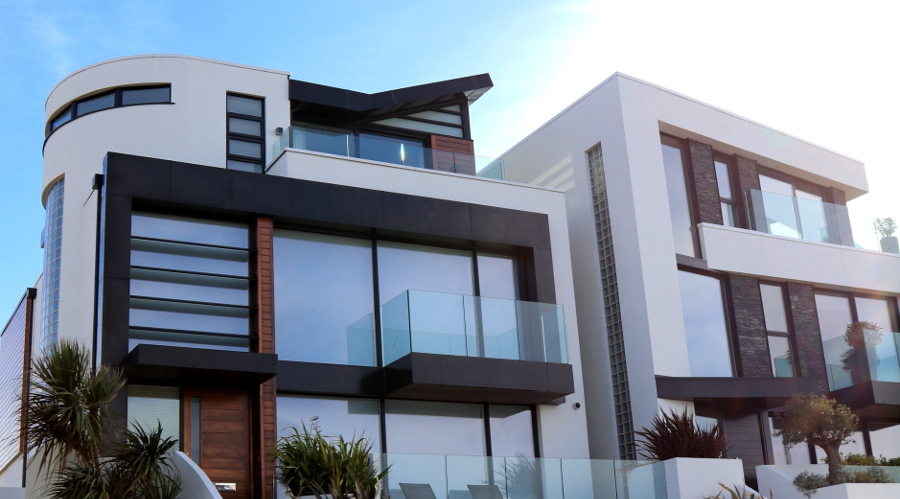Critical Steps to Protect Your Real Estate From Damage

Real estate is a major investment, and whether you're managing a commercial property or overseeing a portfolio of buildings, preserving that investment requires more than just surface-level maintenance. Proactive protection strategies can help avoid significant financial losses, operational interruptions, and costly repairs. The good news? Many of these strategies are practical, scalable, and deliver a long-term return on investment.
From weatherproofing and structural upkeep to tenant compliance and vendor management, every detail matters when safeguarding your property against damage. Below, we outline the critical steps every commercial property owner or manager should take to shield their real estate assets from harm.
Prioritize Structural Integrity From the Start
The foundation, walls, roof, and load-bearing elements of a commercial property are its backbone. That's why regular structural assessments should be built into your property's annual maintenance plan. Even seemingly minor issues, like small cracks in the foundation or minor shifts in framing, can indicate deeper problems, such as water intrusion or settling soil.
Hiring a structural engineer to inspect your property every few years (or after significant events like earthquakes or flooding) can help uncover hidden vulnerabilities before they become emergencies. Reinforcing vulnerable points, such as adding bracing to aging structures or installing drainage systems to redirect runoff, can significantly improve durability.
Don't Cut Corners on the Roof
One of the most vulnerable parts of any property is its roofing system. Commercial roofs, in particular, endure extreme stress from UV exposure, rain, snow, wind, and debris. A compromised roof can lead to water intrusion, mold, insulation damage, and electrical hazards, not to mention the downtime and disruption that come with emergency repairs.
That's why it's vital to partner with professionals who understand commercial-grade systems. In many cases, working with teams that specialize in expert roofing solutions can prevent small defects from turning into major liabilities. These services go beyond patching leaks; they inspect for membrane breakdown, drainage issues, flashing problems, and signs of wind uplift. Annual inspections paired with routine cleaning can extend your roof's lifespan while preserving the integrity of the entire building.
Protect Against Water and Moisture Intrusion
Water is one of the most destructive forces for any structure. Even a small leak can escalate into a major issue if left unchecked. Property owners should routinely inspect exterior features like window seals, gutter systems, siding, and foundation joints to ensure water isn't penetrating areas it shouldn't.
Drainage is another critical concern. Ensure that your property has clear pathways for water to flow away from the structure. This includes sloped landscaping, functional downspouts, and catch basins where necessary. If your building is in a flood-prone zone, consider installing sump pumps or backflow prevention devices.
Interior plumbing plays a role. Leaking pipes, malfunctioning HVAC drainage systems, or poorly sealed bathrooms can all introduce moisture into drywall, ceilings, and floors. Use moisture sensors in vulnerable areas to detect problems early.
Build a Robust Maintenance and Inspection Schedule
Preventive maintenance isn't just about fixing things when they break, it's about avoiding the breakage altogether. A smart property manager knows the value of seasonal checklists and inspection routines that align with the age, use, and features of the building.
Create a schedule that includes HVAC servicing, elevator inspections, fire system checks, pest control, and landscaping upkeep. Every piece of infrastructure should be examined on a rotating basis to catch wear and tear before it leads to costly repair or legal liability. Keep records of all inspections and service calls.
Reinforce Building Security and Access Control
Unlawful entry, theft, and vandalism can result in property damage, insurance complications, and legal liability. Ensuring that your real estate assets are protected against such risks is an important part of property preservation.
Start by assessing your current security measures. Are your locks, gates, and access points modern and secure? Do you use surveillance systems or security personnel? Are there blind spots in coverage?
Smart access control systems, like key card entry, facial recognition, or mobile access, can improve oversight in commercial settings where multiple tenants or contractors enter the building regularly. Establishing clear security protocols and updating them annually keeps your property aligned with modern safety standards.
Engage With Tenants and Vendors Proactively
While property owners and managers carry the bulk of responsibility, your tenants and third-party vendors play a role in damage prevention, too. Educating tenants on proper usage of amenities, reporting procedures for issues, and guidelines for safe conduct within the building helps build a culture of accountability.
If you work with vendors, cleaning crews, landscapers, or delivery services, ensure they're insured, well-trained, and aware of your property's unique features or hazards. Set expectations clearly through service contracts and include performance reviews as part of ongoing engagement.
Many damage incidents are the result of negligence or miscommunication. Reducing those risks starts with creating systems that reward transparency and fast response.

Protecting your real estate investment requires vigilance, expertise, and a proactive mindset. From addressing structural concerns and roofing integrity to implementing water management, scheduled maintenance, and security upgrades, each of these steps plays a vital role in long-term property performance.
Whether you're overseeing a single commercial site or managing a portfolio of assets, making damage prevention a top priority saves money, reduces liability, and enhances your property's value and reputation. Start with these steps today to protect your investment tomorrow.